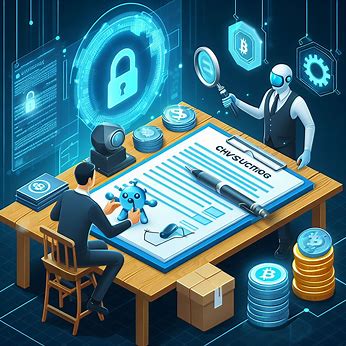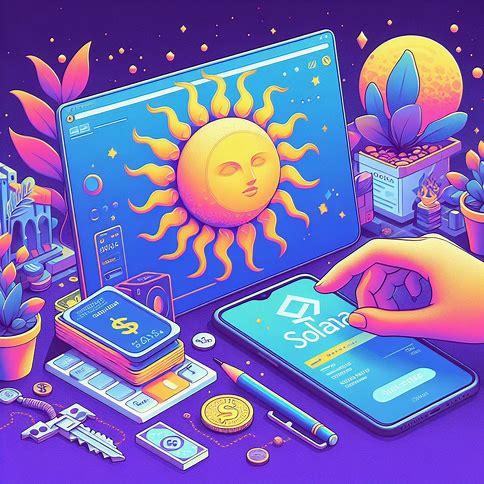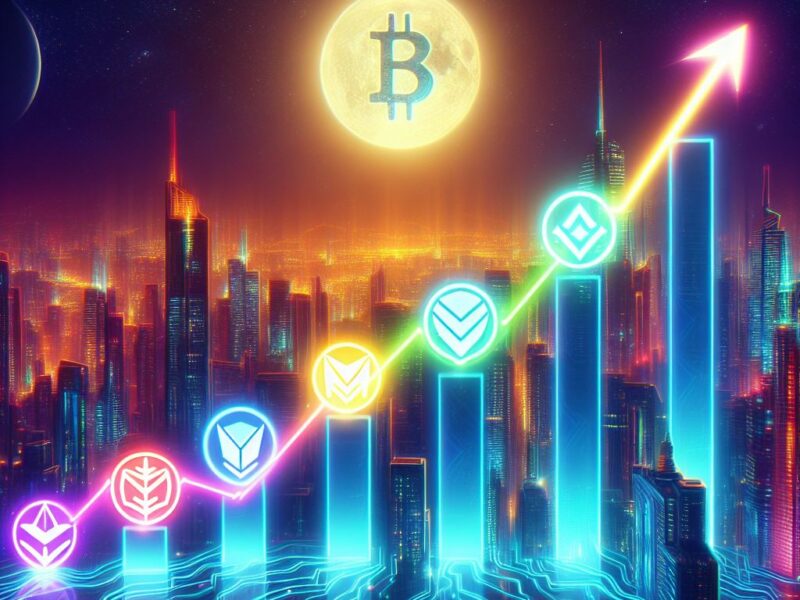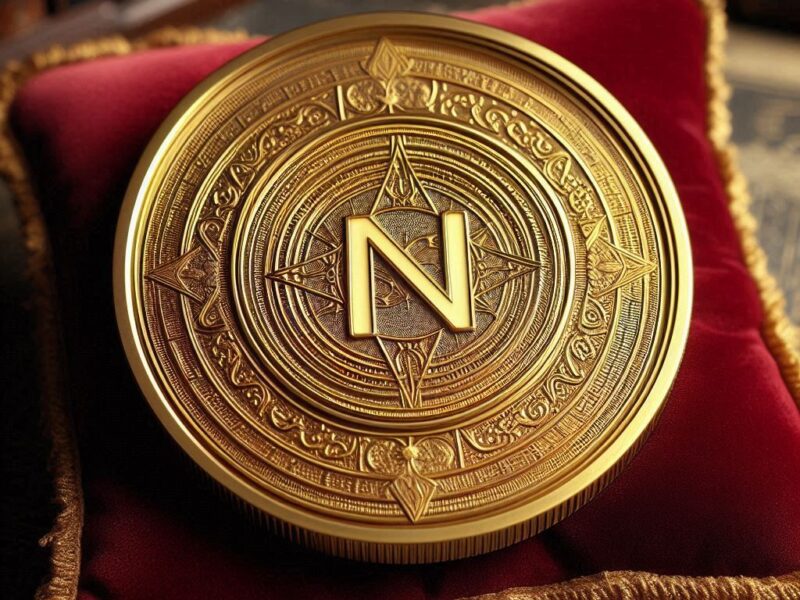Investing in the right altcoins at the right time can be incredibly lucrative. But with thousands of altcoins out there, how do you identify the diamonds in the rough? Here is how to invest in altcoins with high growth potential.
1. Start Small
Even if you have high conviction in a project, start with a small position and add over time. Crypto markets are highly volatile – avoid going all in right away. Consider dollar cost averaging (DCA) to build a position gradually.
2. Diversify
Don’t put all your crypto eggs in one basket. Spread your portfolio across multiple high-potential altcoins, as well as more established coins like Bitcoin and Ethereum. A good rule of thumb is no more than 5-10% of your crypto portfolio in any single altcoin.
3. Have an Exit Plan
Before investing, define your target price and stick to it. Take profits on the way up and don’t be greedy. Have a stop loss to limit downside. Avoid emotional trading – devise a plan and execute it systematically.
3. Secure Your Coins
Security is paramount in crypto. Store your altcoins in a secure hardware wallet like Ledger or Trezor. Never leave large amounts on exchanges. Use strong passwords and two-factor authentication. Don’t share your private keys with anyone.
4. Keep Learning
Crypto moves fast. Continuously educate yourself on the market, technology, and new opportunities. Follow reputable news sources, influencers, and communities. But always think critically and do your own research before acting on any advice.
Related: Retail, Institutional And High-frequency Trading Explained
Strong Fundamentals to Consider
Look for projects with:
- A clear, unique value proposition
- An experienced and reputable team
- Great technology and infrastructure
- Real-world partnerships and adoption
Avoid overhyped vaporware or pump-and-dump schemes. Dig into the project’s whitepaper, roadmap, and community to assess its long-term viability.
1. Active Development
The most promising altcoins have active, engaged development teams consistently pushing out updates and improvements. Follow the project’s Github activity, blog, and social media to track progress. Regular commits, releases, and communication are good signs.
2. Growing Community
A thriving community of believers, developers, and investors is crucial for an altcoin’s success. Look for growth in:
- Social media followers and engagement
- Discord/Telegram group members
- Reddit subscribers and activity
- Twitter mentions and influencer discussions
An enthusiastic community can drive awareness, development, and ultimately demand for the altcoin.
3. Market Metrics
Key metrics to analyze include:
- Market capitalization – Is there room for significant growth?
- Trading volume – Is there strong liquidity and interest?
- Price history – Look for solid, not parabolic, growth
- Exchange listings – More (reputable) listings increase access
Tools like CoinGecko and Messari help track these metrics. Generally, low market cap altcoins with growing volume on major exchanges have the most room to run.
Key Takeaways
1. Look for altcoins with strong fundamentals, active development, a growing community, and attractive market metrics
2. Invest strategically by starting small, diversifying, having an exit plan, and securing your coins
3. Continuously educate yourself on the market but always think critically and do your own research
4. Altcoins are high-risk, high-reward – never invest more than you can afford to lose
Frequently Asked Questions
1. What are some promising altcoins to invest in right now?
Some altcoins with strong fundamentals and growth potential include:
- Chainlink (LINK) – decentralized oracle network
- Uniswap (UNI) – leading decentralized exchange
- Polkadot (DOT) – multi-chain interoperability platform However, always do your own research and never invest more than you can afford to lose.
2. How much should I invest in altcoins?
It depends on your risk tolerance and financial situation. Above all, altcoins should only be a small portion of a diversified investment portfolio. Many experts recommend no more than 5-10% of your overall portfolio in crypto, with altcoins being a subset of that. Start small and never invest more than you’re willing to lose entirely.
3. What are the risks of investing in altcoins?
Altcoins are highly volatile and many end up failing entirely. There’s always the risk of bugs, hacks, scams, and regulatory issues. Altcoin markets can be highly manipulated. Never assume a past price increase will continue indefinitely into the future. Only invest what you can afford to lose.
4. What are altcoins?
Altcoins are all cryptocurrencies other than Bitcoin. They include projects like Ethereum, Binance Coin, Cardano, and thousands of others. Each altcoin has its own unique features, use cases, and potential.
5. How do I buy altcoins?
To buy altcoins, you’ll need to:
- Set up an account on a reputable crypto exchange like Coinbase, Binance, or Kraken
- Verify your identity and link a payment method
- Buy Bitcoin or Ethereum to use as trading pairs for altcoins
- Trade your BTC or ETH for the altcoin of your choice
- Securely withdraw the altcoin to your own wallet
6. What are the most important things to look for in an altcoin?
When evaluating an altcoin, prioritize:
- A strong, unique value proposition – what problem does it aim to solve?
- Great technology and active development
- A committed, experienced team
- Real-world partnerships and adoption
- Attractive market metrics like low market cap and growing volume
- A passionate, growing community of users and advocates
7. How long should I hold altcoins?
It depends on your investment goals and the specific altcoin. Some people trade short-term, taking advantage of volatility. Others hold for years, betting on the long-term success of strong projects. In general, the longer your time horizon, the better chance you have of riding out short-term volatility. But always have an exit plan and take profits along the way.
8. What are some common altcoin scams to avoid?
Watch out for:
- Pump-and-dump schemes that artificially inflate an altcoin’s price
- Impersonation scams on social media (“send me X ETH and I’ll send back 2X!”)
- “Rug pulls” where a project’s developers suddenly abandon it and take investor funds
- Phishing attacks that steal your login credentials or private keys.









